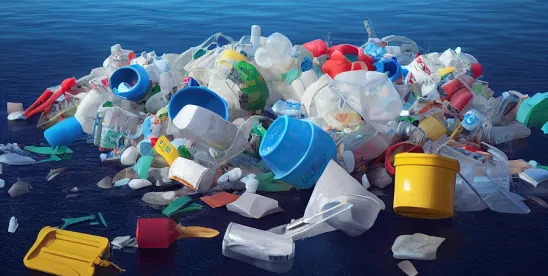Roughly two years ago, we reported on the World Health Organization’s (WHO) draft recommendations that nations adopt a 100 parts per trillion (ppt) for PFOA and PFOS, and 500 ppt for all testable PFAS types (which at the time were 30 PFAS types). Our prior report explained how the WHO PFAS drinking water values differed significantly from other nations globally, including the United States, the E.U., and Canada, as well as the significant implications the WHO findings would have on PFAS litigation in the United States.
Now, the WHO is proposing a new panel of 10 experts to examine whether the previously established recommendations should be revised. It is expected that the results of the technical panel will result in significantly tougher PFAS recommendations for drinking water than WHO previously established. The WHO received significant criticism when it released its proposal, given that the recommendations differed significantly from any other country in the world. WHO countered that the proposal was intended to apply not only to developed nations with robust environmental regulatory programs, but also undeveloped and impoverished nations in an effort to provide people in the world with cleaner drinking water based on technological capabilities. However, criticisms extended beyond merely the limits proposed, but also WHO’s methodology, which ignored epidemiological studies related to PFAS in drinking water.




 />i
/>i

